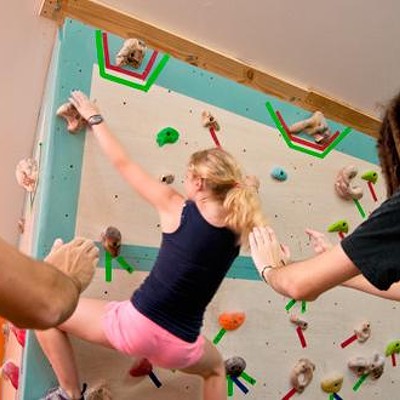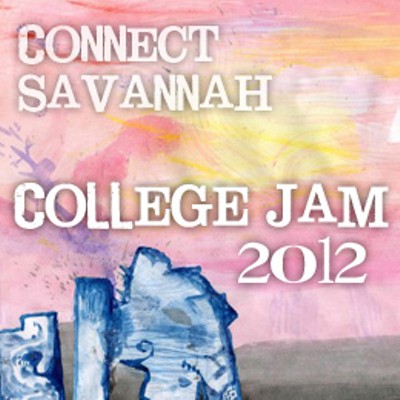Need to outfit your dorm room or buy supplies to sustain you through the fall term? In a big box store you can get everything – furniture, bedding, a three–month supply of individual ramen packets shrink–wrapped together on a pallet – all under one roof. But there’s one particular item you should avoid buying there: a bike.
Where to Buy
In almost every case, you’re better off buying a bicycle from a bike shop. You’ll pay a little more up front, but you will be more satisfied over the long term.
The quality of bikes available at bicycle shops is far superior to those found at big box stores, as is the expertise of the people who assemble them.
The professionals at Savannah’s bike shops can also help you select the correct frame size and further adjust a bike to match your physiology.
Pro–tip: If you are pedaling with your heels and your knees are hitting your elbows, your bike is too small or your saddle is way too low.
Yes, bike fit is a real thing and it can often mean the difference between pleasant riding and discomfort. You could visit every one of our nation’s 9 billion Walmart locations and never encounter an associate capable of fitting you with the right bike. Yet our local bike shops are full of folks who can.
What’s more, local bike shops often include routine checkups and basic maintenance in the purchase price. By comparison, try rolling your bike up to the customer service counter at Target and asking for a brake adjustment.
What to Buy
People often ask me, “What’s the best bicycle for Savannah?” Naturally I answer by extolling the merits of Soviet–era jet fighters.
Consider the Mikoyan–Gurevich MiG–21. It lacked the advanced avionics of its Western counterparts, but could land and take off from remote, poorly maintained airstrips and operate under extreme conditions. Basic repairs could be performed in the field, often with the same tools local farmers used to fix their tractors.
Today, half a century after it was developed, cash–strapped militaries all over the globe are still flying the things. You want the bicycle version of the MiG–21.
First of all, you’re probably cash strapped yourself. Next, your bike will likely be stored (and often ridden) in bad weather. It will be jostled and scraped by other bikes on crowded bike racks. It will take a pounding as you ride on Savannah’s streets.
A bike that is simple and durable is your best bet. Intricate drivetrains with dozens of gear combinations and exotic suspension systems increase the number of moving parts that must be adjusted and maintained, and ultimately present more potential problems.
Complexity is your enemy. Simplicity is your friend.
Don’t worry. Savannah, to use a topographical term, is “flat as a pancake.” That means a single speed bicycle can serve you quite well.
Don’t let anyone talk you into a fixed gear bike with no brakes, however; there’s a reason such bikes were known as “track bikes.” They were made to be raced on tracks.
Bikes need brakes.
How to Keep It
The late Sheldon Brown, the Internet’s most beloved source of bicycle wisdom, recommended using both a cable or chain lock and a rigid U lock. He famously proclaimed, “Either type of lock can be defeated, but each requires a different large, bulky tool which is useless against the other.”
His theory holds that bicycle thieves usually carry one of these tools, but not both. If your bike is doubly protected, a thief will likely seek out a more vulnerable target. I’ve been using Sheldon’s strategy for years and haven’t lost a bike yet.
Of course, locks are only as strong as what you lock them to. If you lock to wooden porch railings, these can be pulled or kicked out of place allowing the thief to transport your bike to a private location where he can go to work on your lock without attracting attention.
Similarly, if you lock your bike to a parking meter, a thief can easily lift it up over the meter.
And if you plan to lock to a signpost, make sure it’s firmly anchored in the ground.
How to Ride It
The Savannah Bicycle Campaign offers programs that teach safe urban cycling. These are worth seeking out. In the meantime, you can employ basic tactics to reduce your risk: Ride with the flow of traffic, stay off sidewalks, obey traffic regulations and use lights at night.
And wear a helmet. In a perfect world, you wouldn’t need it. The world’s not perfect.



























